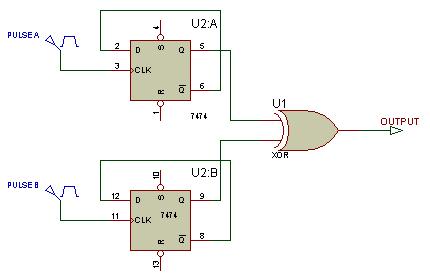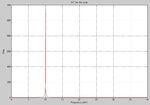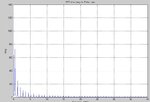kalyansrinivas
Advanced Member level 4
phase difference between two rectangular pulse trains
Dear all
How to find the phase difference between two rectangular pulse trains which has same frequency but different phase
regards
M Kalyansrinivas
Dear all
How to find the phase difference between two rectangular pulse trains which has same frequency but different phase
regards
M Kalyansrinivas


